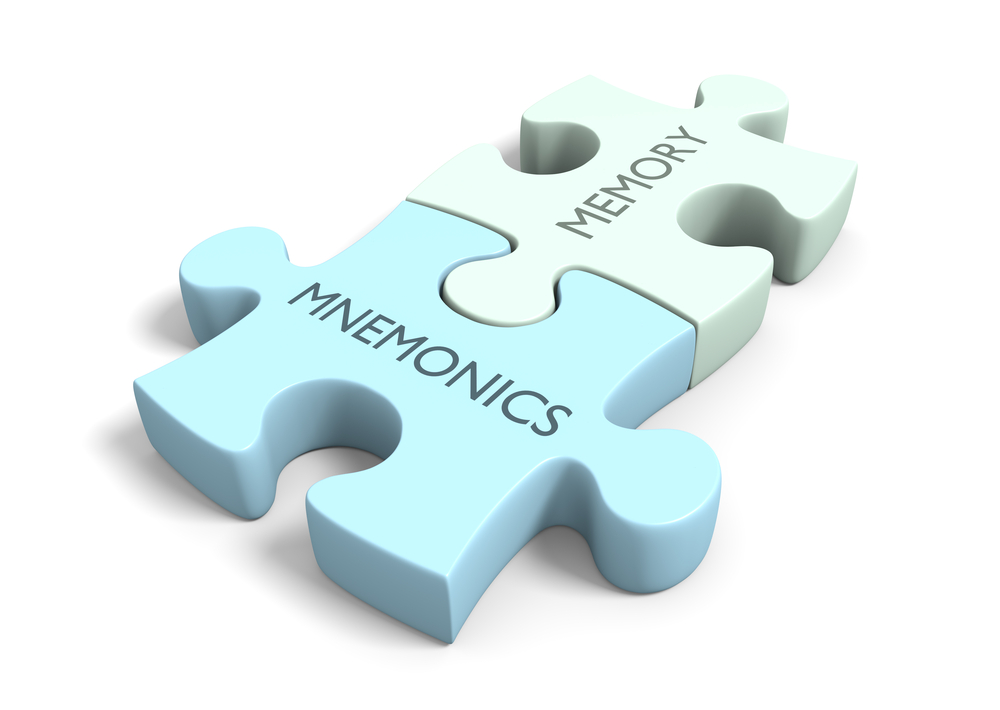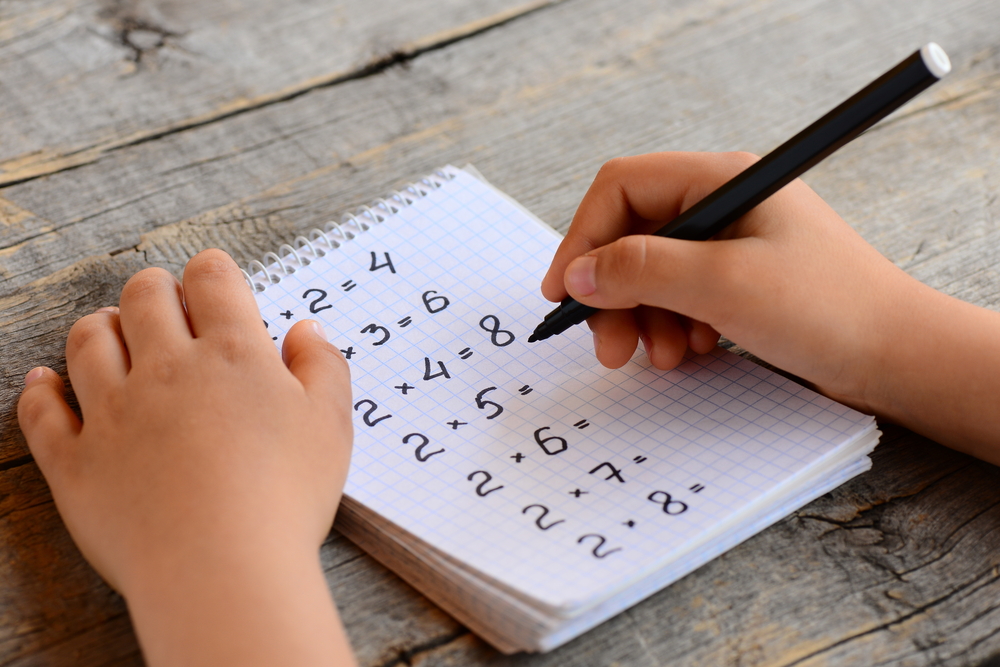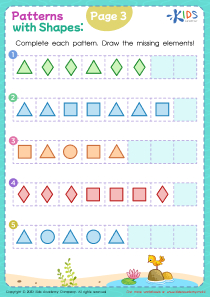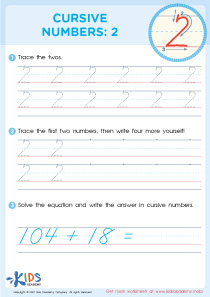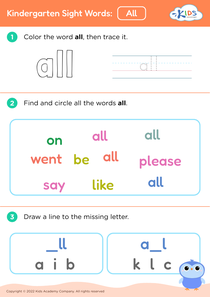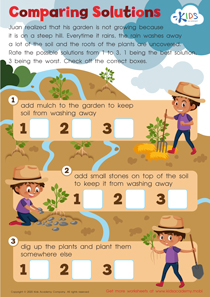Number sequence learning Worksheets for Ages 5-8
3 filtered results
-
From - To
Discover an engaging collection of number sequence learning worksheets designed specifically for children aged 5 to 8. Our interactive activities help young learners develop critical math skills as they practice recognizing and creating number patterns. From filling in missing numbers to sequencing exercises, these worksheets cater to various learning styles and help reinforce essential foundational concepts. Fun and colorful designs captivate children's attention, making math enjoyable and accessible. Download and print these resources for home or classroom use, fostering a love for numbers while building confidence in math skills. Start the journey towards numerical mastery today!
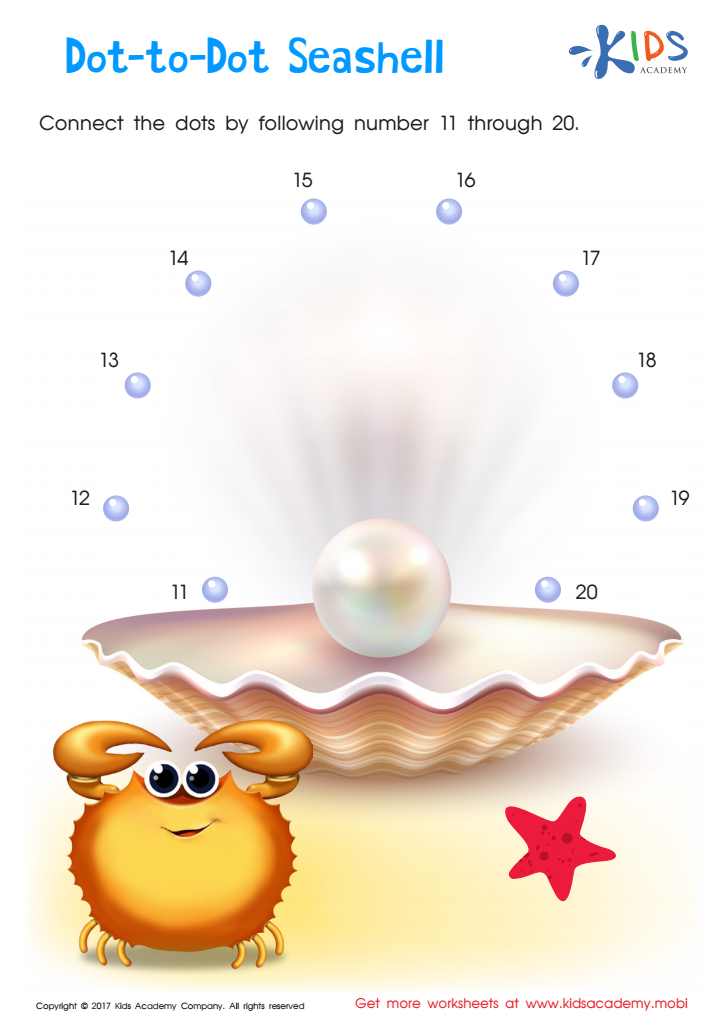

Ordering 11–20: Dot–to–dot Seashell Printable
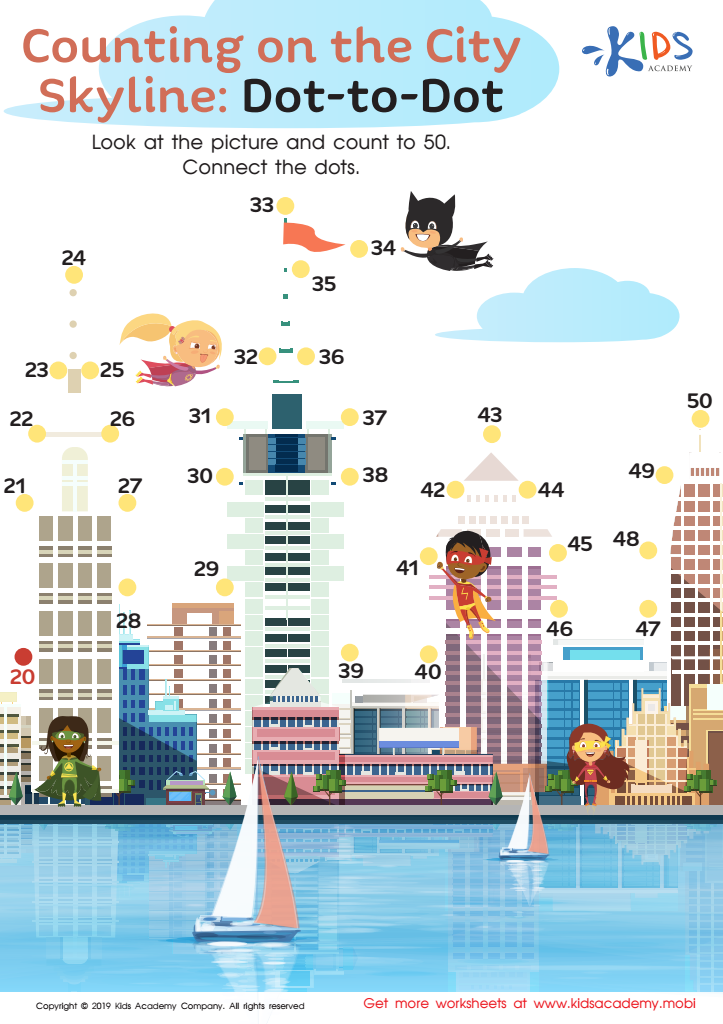

Counting on the City Skyline: Dot-to-Dot Worksheet
Number sequence learning is fundamentally important for children aged 5-8, as it lays the groundwork for critical mathematical concepts and problem-solving skills. During these formative years, children begin to internalize how numbers relate to one another, fostering an understanding of patterns, addition, and subtraction. A solid grasp of number sequences enhances their ability to recognize patterns in math, a skill that transfers to more complex operations like multiplication and division as they progress in their education.
Additionally, mastering sequences contributes to cognitive development, enhancing children’s critical thinking and reasoning abilities. It supports their ability to predict outcomes and understand the flow of numbers, which is crucial in everyday situations, from telling time to managing money.
Teachers and parents play a vital role in this learning process by providing engaging activities that promote understanding and interaction with numbers. By prioritizing number sequence learning, they help build a robust mathematical foundation and instill confidence in their children’s abilities. This early investment in their mathematical education paves the way for academic success, shaping not only future performance in math but also fostering a lifelong appreciation for learning and logical thinking.

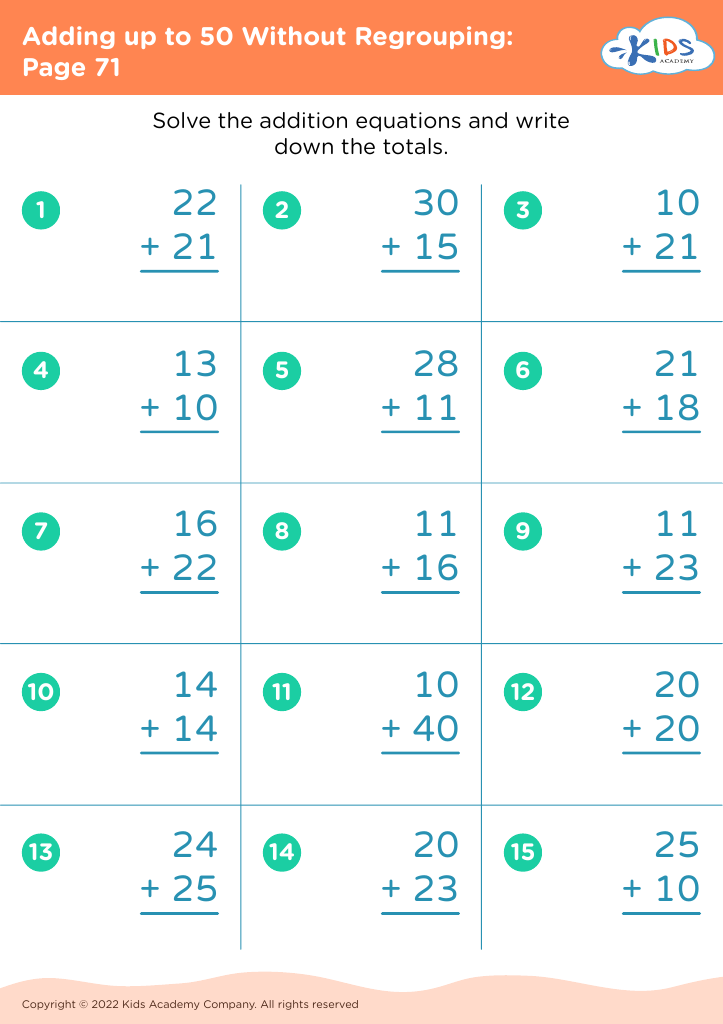
 Assign to My Students
Assign to My Students






